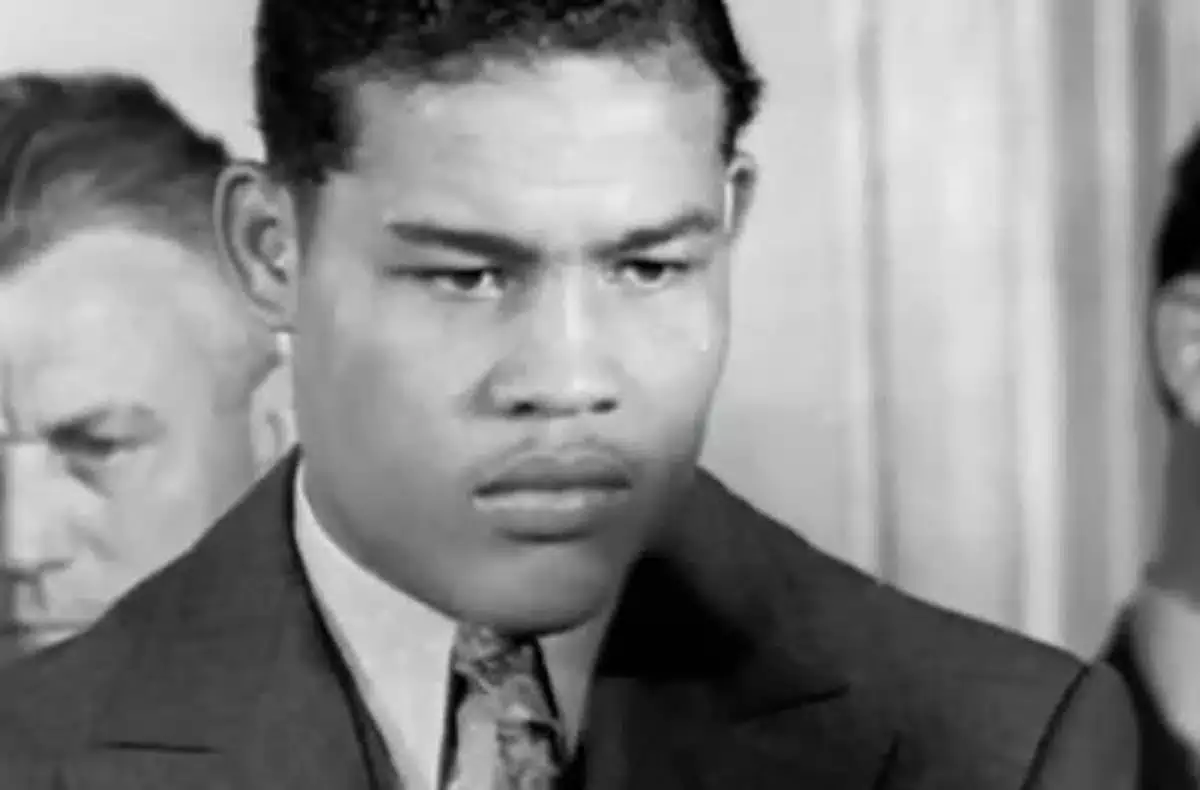When discussing the pantheon of heavyweight boxing, few voices resonate as powerfully as Teddy Atlas. The boxing commentator, trainer, and passionate aficionado takes viewers on a tempestuous ride through history with his list of the top ten greatest heavyweights. The beauty of Atlas’s approach lies not only in his selections but in the passionate manner in which he articulates his views during episodes of his podcast, ‘The Fight.’ Every shout, every emotion, emanates from a profound love for the sport and its storied legacy. This article will examine Atlas’s choices while contemplating the subjective nature of greatness in boxing.
An Unconventional Lineup: The Reverse Ranks
Atlas’s list is noteworthy not merely for the names included, but for the rationale behind their placements. At number ten, he positions Lennox Lewis, a fighter marked by resilience. Lewis’s career featured pivotal comebacks, notably after losing to Oliver McCall and Hasim Rahman, illuminating the fighter’s tenacity that Atlas cherishes. Lewis’s journey reminds fans that true greatness often emerges from overcoming adversity.
At number nine, the legendary jab of Larry Holmes earns high praise from Atlas. Holmes’s technique stands as a testament to boxing’s art, exemplifying how technical proficiency can balance raw power in the heavyweight division. Atlas’s assertion that he was on the brink of being a second undefeated champion speaks volumes to the narrow margins that define greatness in the sport.
Moving to number eight, Jack Dempsey enters the fray. Dempsey is electrifying, celebrated not just for his skill but for the era he graced. Atlas’s challenge to fans to present counterarguments speaks to the contentious nature of these rankings; it’s a conversation starter, illustrating how historical context can sway opinions in the boxing community.
The Thinker and the Brawler: The Unique Qualities of Heavyweights
Gene Tunney, who ranks seventh in Atlas’s list, is often overshadowed by more explosive fighters. However, Atlas paints him as an intellectual, suggesting that his cerebral approach combined with grit makes him a formidable figure. Tunney’s ability to rise after being dropped by Dempsey embodies that quintessential heart of a champion, a theme that resonates throughout the heavyweight division.
Delving further, Atlas intriguingly leaves the sixth spot open, inviting fan interaction—an unorthodox but refreshing strategy in the world of ranking. This not only sparks debate but underscores that the landscape of heavyweight boxing is fluid. The inherent variability of such rankings is a reminder that the sport is as subjective as it is competitive.
Atlas’s embrace of George Foreman at number five emphasizes the transformational journey of a fighter who redefined himself in and out of the ring. Foreman’s importance as a dual-era champion speaks to the evolution of the sport itself. His ability to adapt and return to prominence after a hiatus reveals a depth of character that fans admire—showing that the personal stories of fighters often enhance their legacies.
Underrated Geniuses and Trailblazers
At four, Rocky Marciano’s prowess is exalted by Atlas, who surmises that the champion is underrated. The genius of Marciano’s strategy during the fight against Jersey Joe Walcott is encapsulated in Atlas’s description of the 13th round knockout—an intricately strategic move executed with stunning precision. It’s a vivid illustration of how intellect can govern brute force in boxing.
Jack Johnson, the first black heavyweight champion, holds the third position, marking a pivotal moment in sports and cultural history. Atlas commends Johnson’s ability to blend offense and defense seamlessly. Johnson navigated an era steeped in racial prejudice, and his legacy as both a fighter and a figure of social significance cannot be overstated.
As Atlas reaches the top two, Muhammad Ali and Joe Louis emerge, cultivating discussions about their respective impacts on boxing and society at large. Atlas’s observation of Ali as a lightweight exhibiting heavyweight skill showcases the revolutionary qualities that set him apart. In contrast, Louis’s narrative during the turbulent times surrounding his second fight with Max Schmeling frames him as a symbol against tyranny, a portrayal that extends beyond mere athletic achievement.
Controversial Choices and the Nature of Boxing Legacy
Finally, Atlas rectifies his list to include Sonny Liston as the tenth contender. This acknowledgment is both reverent and reflective, as Liston epitomizes the turbulence and complexity of a fighter’s life outside the ring. Historical revisionism may modify perceptions of such fighters, but Atlas’s candid recognition of their contributions keeps their legacies alive.
The discourse sparked by Atlas’s selections ignites discussions on the nature of greatness in boxing. Every fan’s debate is a brushstroke on the broad canvas of boxing history. As atop heavyweights continue to rise and fall, such rankings serve not simply as static lists but dynamic dialogues that reflect the evolving legacy of the sport and the titans who carried its torch. In an arena where emotion, personal stories, and raw talent collide, Atlas exemplifies how passion can breathe life into the statistics, elevating boxing into an enduring narrative of heroism and human resilience.


Leave a Reply